Maintaining your e-bike is crucial for ensuring it runs smoothly and lasts longer. This guide explores the essential practices of e-bike care, beginning with how frequently you should clean your e-bike. We'll also provide a thorough overview on how to wash e-bike properly, identify potential pitfalls to avoid that could lead to damage, and share expert advice on post-cleaning maintenance. This article is designed to help all e-bike owners, from daily commuters to leisure riders, master the art of e-bike upkeep. Continue reading to learn how to keep your e-bike in excellent condition through effective cleaning and maintenance techniques.

How Often Should You Clean Your E-bike?
The frequency of cleaning can vary based on your riding environment and the specific conditions you encounter. If you frequently traverse muddy or dusty terrains, consider cleaning your ebike after each use. For casual riders in cleaner environments, a thorough wash every few weeks suffices. Keeping your e-bike clean not only ensures optimal functionality but also allows you to inspect it regularly for any maintenance needs, ensuring a safe and smooth riding experience.
How to Wash E-bike?
Now that you know how often to clean your e-bike, let's explore the proper way to wash it to ensure it stays in top condition.
Necessary Tools for Washing an E-bike
Before you begin the cleaning process, make sure you have the right tools on hand to effectively wash your e-bike.
- A soft-bristled brush or sponge to avoid scratching the bike's surface.
- Bike cleaner to help break down dirt without damaging the bike's components.
- Water for rinsing off the detergent.
- A towel or microfiber cloth to dry the bike after washing.
- Degreaser (optional) for removing tough grease spots.
- Lubricant to apply after the bike is clean and dry.
Step-by-Step Guide for Washing an E-bike
Ensure your e-bike is clean and ready for your next adventure with this detailed, step-by-step guide. Before starting, make sure the e-bike is powered off and the battery is removed, if possible. This precaution protects the electronic components from water damage and ensures your safety during the cleaning process.

Step 1: Rinse Your E-bike
Begin by rinsing your e-bike thoroughly with water. Use a gentle stream of water to remove any loose dirt and debris from the frame, wheels, and other components. This initial rinse helps to loosen stubborn grime and prepares the bike for a deeper clean.
Step 2: Prepare Your Cleaning Solution
Next, prepare a cleaning solution by mixing a mild detergent with water in a bucket or spray bottle. A good ratio to start with is a few drops of detergent per liter of water.
Step 3: Scrub the Frame and Components
Using a soft-bristled brush or sponge, gently scrub the frame, wheels, and other components of your e-bike with the cleaning solution. Take care not to apply too much pressure, as excessive scrubbing can scratch the surface. For delicate areas such as electronic displays or control units, use only a damp cloth to wipe away dirt and grime.
Step 4: Clean the Drivetrain
To clean the drivetrain, including the chain, cassette, and chainrings, use a degreaser. Apply the degreaser to the chain and other drivetrain components, then use a brush to scrub away any accumulated dirt and grease. Rinse thoroughly with water to remove the degreaser and debris.
Step 5: Rinse Thoroughly
Once you've finished scrubbing, rinse your e-bike thoroughly with clean water to remove any soap residue and remaining dirt. Use a gentle stream of water to ensure all areas of the bike are rinsed clean.
Step 6: Dry Your E-bike
After rinsing, use a towel or microfiber cloth to dry your e-bike thoroughly. Pay close attention to areas where water may have accumulated, such as around the drivetrain and suspension components. Drying your e-bike helps prevent water spots and corrosion.
Step 7: Inspect Your E-bike
Before moving on to lubrication, take a moment to inspect your e-bike. Check for any loose components, ensure all parts are securely attached, and confirm the bike is operational. This step helps in maintaining the bike’s functionality and safety.
Step 8: Lubricate Moving Parts
Finally, lubricate the chain, derailleur pivots, and other moving parts of your e-bike with a suitable bike lubricant. Applying lubricant helps to reduce friction and prevent wear and tear on these components. Be sure to wipe away any excess lubricant to avoid attracting dirt and debris.

Mistakes to Avoid When Cleaning Your E-bike
After learning how to clean an e-bike, let's explore the mistakes you should avoid to ensure a safe and effective cleaning process.
High-Pressure Water Sprays:
Avoid using high-pressure water sprays, as they can force water into sensitive components like bearings, electronics, and seals. This can lead to corrosion, electrical issues, and damage to internal parts.
Harsh or Abrasive Cleaners:
Refrain from using harsh or abrasive cleaners, including household cleaners or solvents, as they can strip away paint, damage decals, and degrade the finish of your e-bike.
Direct Water Spray into Motor or Battery Compartments:
Avoid spraying water directly into the motor or battery compartments of your e-bike, as moisture can damage electrical components and compromise performance.
Over-Lubrication:
Be cautious not to over-lubricate the chain and other moving parts of your e-bike. Excess lubricant can attract dirt and debris, leading to increased wear and potential mechanical issues.
Abrasive Materials:
Avoid using abrasive materials, such as steel wool or harsh brushes, to clean your e-bike. These can scratch the surface, leaving behind unsightly marks and compromising the integrity of the frame and components.

How to Maintain Your E-bike After Washing?
After washing your e-bike, proper maintenance is crucial to keep it in optimal condition for your next ride. Here are some essential maintenance steps to follow:
Check Tire Pressure: Regularly check the tire pressure of your e-bike and ensure it matches the recommended PSI (pounds per square inch) indicated on the sidewall of the tire. Incorrect tire pressure can affect the bike's handling and increase wear.
Inspect Brakes: After washing your e-bike, inspect the brake pads and brake discs for any signs of wear or contamination. Clean the brake pads and discs with rubbing alcohol if they appear dirty or glazed. Adjust the brake pads as needed to maintain optimal braking performance.
Tighten Bolts and Screws: Check all bolts and screws for tightness, using a torque wrench to meet the manufacturer's specifications. This prevents potential hazards caused by loosening due to vibration.
Check Electrical Components: Ensure all electrical parts are dry and connections are secure to avoid malfunctions.
In keeping your e-bike in top condition, selecting a reputable brand like HaoQi can make all the difference. Renowned for their durability and innovative designs, HaoQi ebikes stand out in the bustling e-bike market. These bikes are crafted to handle rigorous use while offering the ease of maintenance every rider appreciates. For more details on their impressive lineup, and to find an e-bike that perfectly suits your lifestyle, explore the possibilities today and experience the blend of quality and performance that only HaoQi can deliver.
Conclusion
In conclusion, mastering how to wash ebike effectively is crucial for prolonging its life and ensuring optimal performance. By following the guidelines outlined in this blog, you can maintain your ebike in pristine condition without causing any damage. Remember to avoid the pitfalls that could harm your bike and always follow up with proper maintenance after each wash. By incorporating these practices into your routine, you'll enjoy a smoother ride and extend the lifespan of your ebike. Keep these tips in mind to keep your ebike looking and performing at its best!
FAQ
What Are The Components of an E-bike That Cannot Be Cleaned?
The internal components of the motor and the battery cells cannot be cleaned, as these areas are sealed and highly sensitive to moisture and debris. Exposure to cleaning fluids or water can potentially damage their functionality.
Can I Hose Down My Electric Bike?
Yes, you can lightly hose it down. But you can't use high-pressure water sprays. High-pressure water can force water into sensitive components, potentially causing damage. Use a gentle stream of water and avoid spraying directly into the motor or battery compartments to prevent electrical issues.
How Do I Clean the Brakes?
To clean your bike's brakes, remove the wheels and pads, and then use a brake cleaner spray to clean the calipers, rotors, and pads. Scrub with a clean rag or brush if needed. Ensure all components are dry before reassembling. Avoid using oils or grease near the braking surfaces to maintain performance.


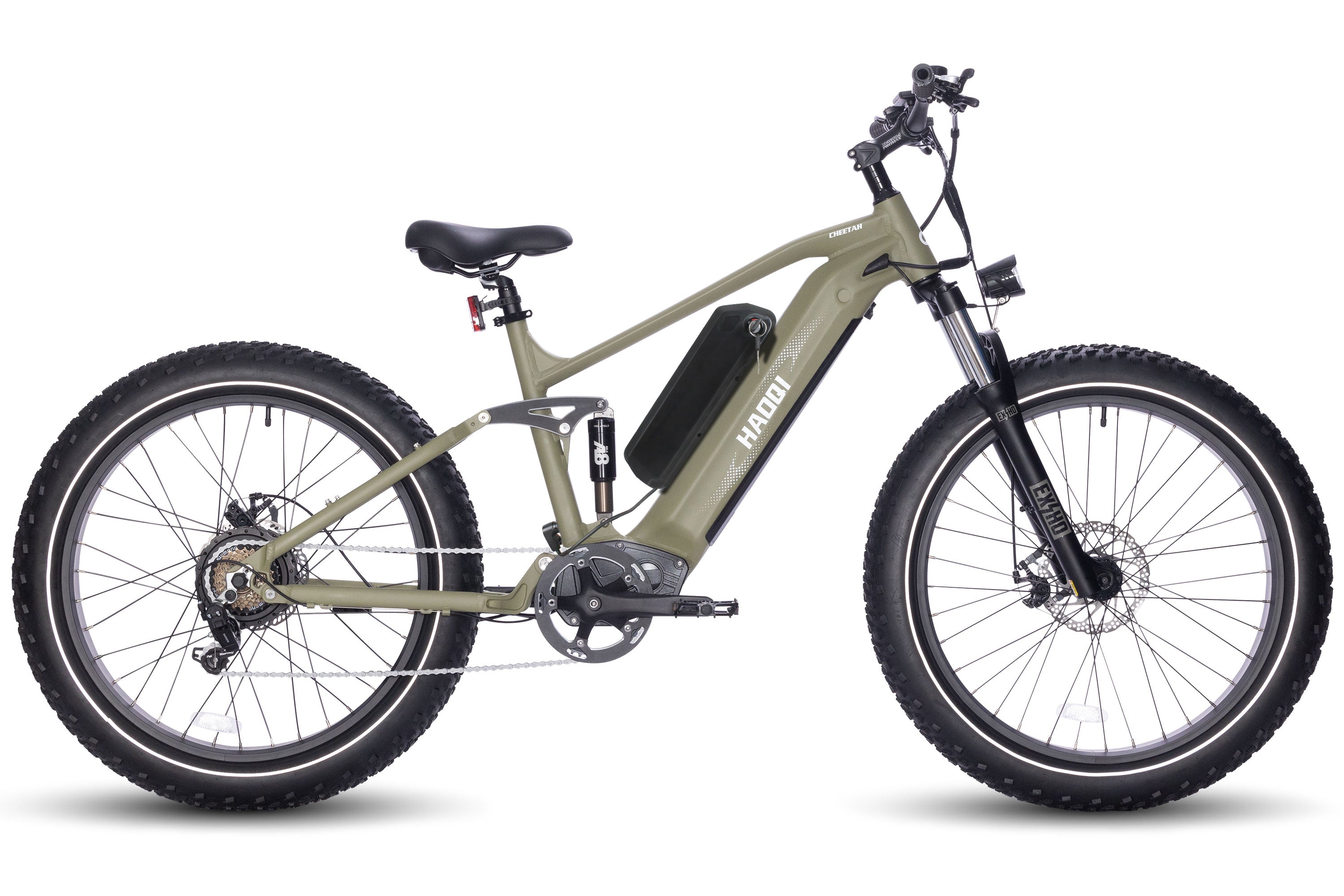
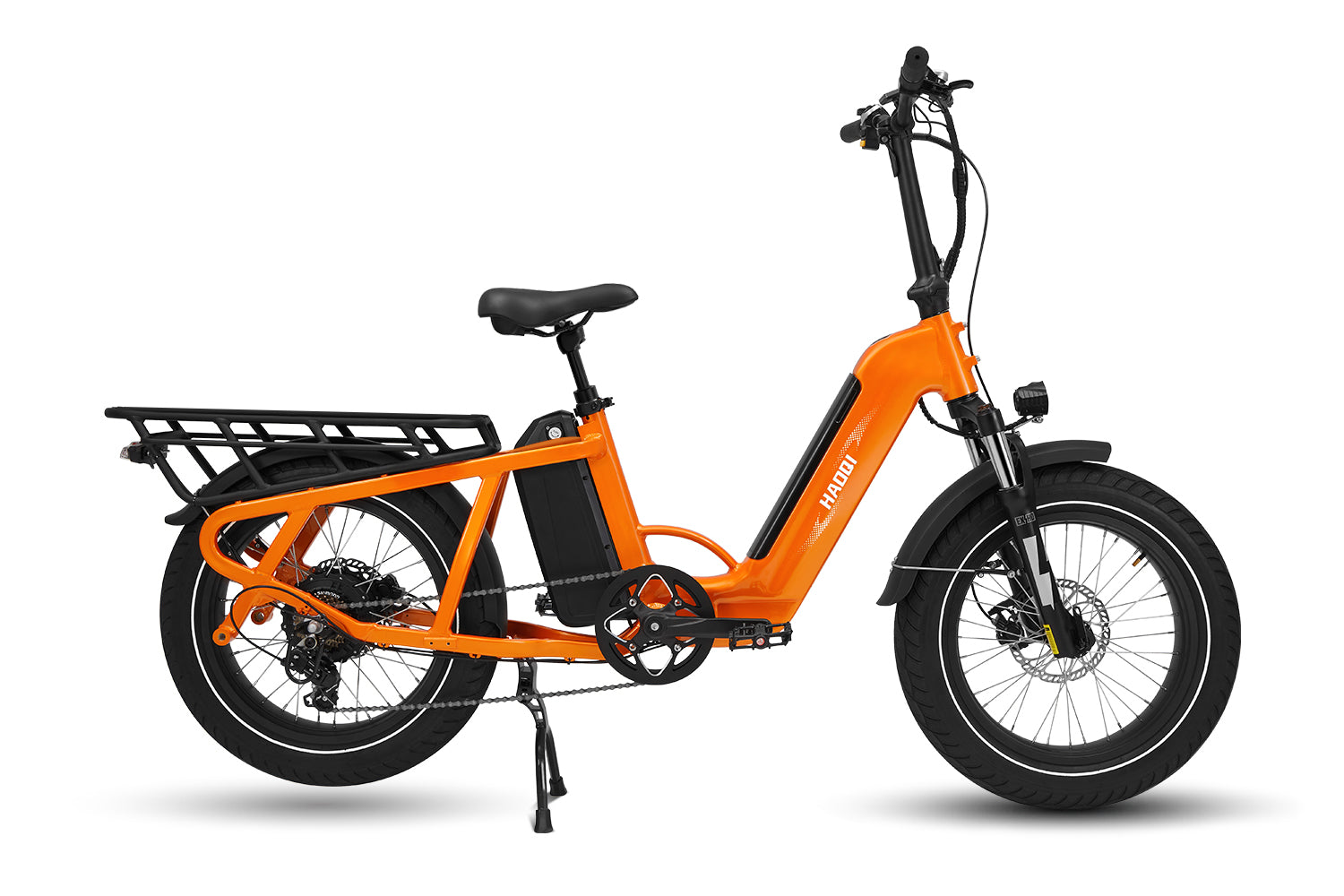
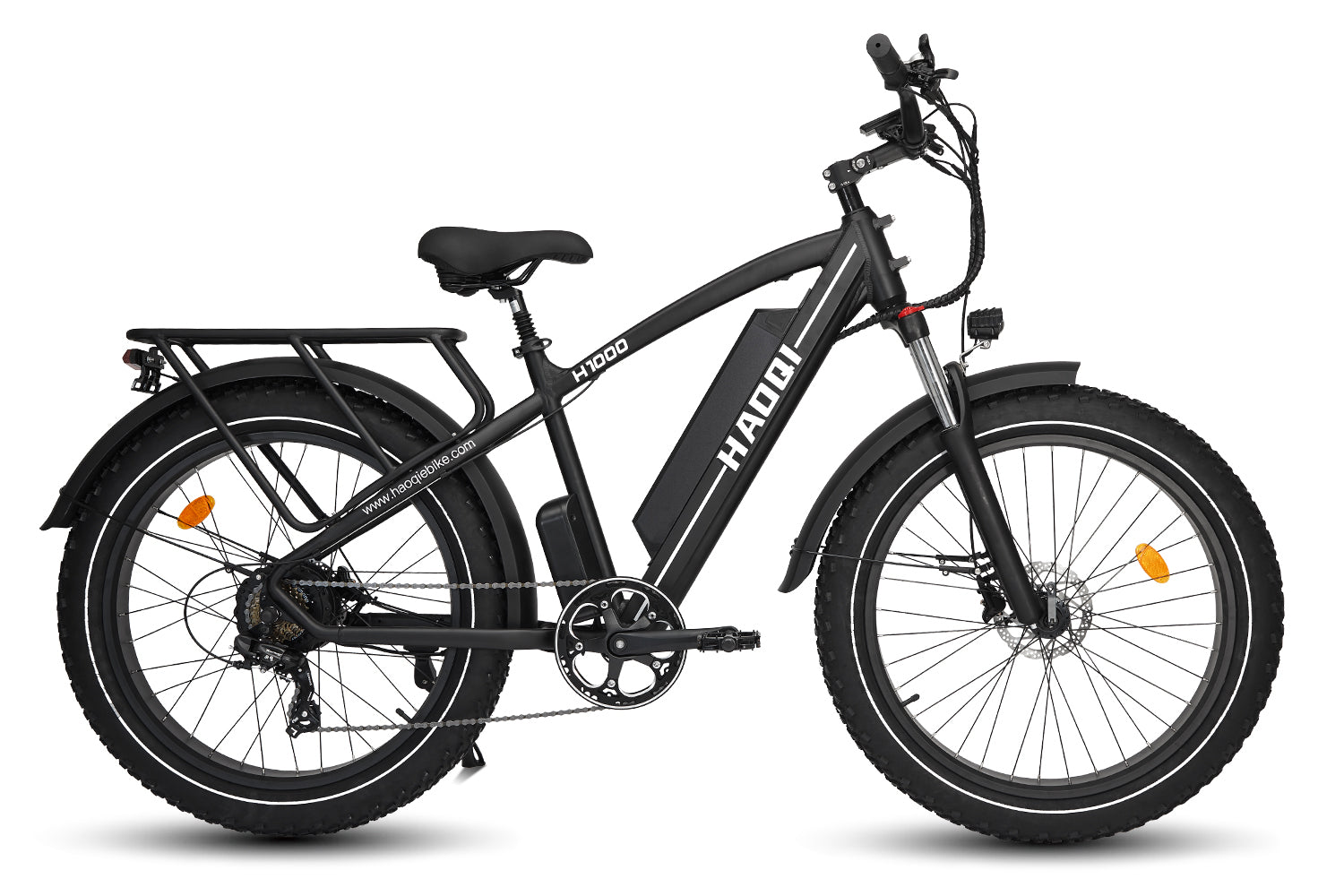
![HAOQI Antelope 500W Cargo Electric Bike (UL Certified) [electric bike] [HAOQI ebike]](http://haoqiebike.com/cdn/shop/products/haoqi-antelope-cargo-electric-bike-with-dual-battery-haoqiebike-com-1.jpg?v=1753954498&width=1500)
![HAOQI Squirrel Folding Electric Bike (UL Certified) [electric bike] [HAOQI ebike]](http://haoqiebike.com/cdn/shop/files/1_03c67b67-715e-4617-a648-51f108ceb425.jpg?v=1766473332&width=1500)
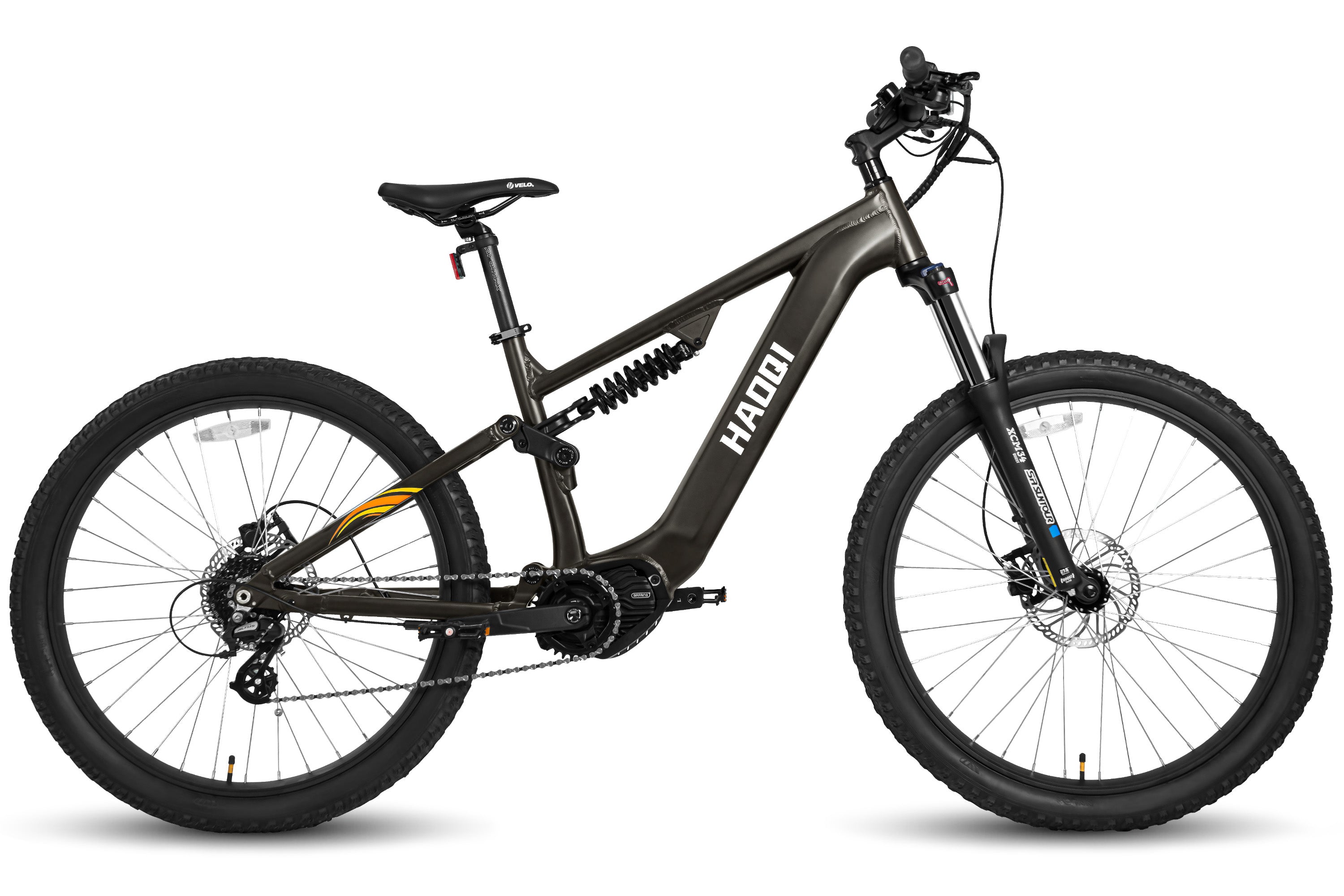
![HAOQI Eagle Long Range Electric Bicycle (UL Certified) [electric bike] [HAOQI ebike]](http://haoqiebike.com/cdn/shop/files/2_bf7ae46b-aad6-472a-9c14-d56ca3f0feb6.jpg?v=1755142722&width=1500)
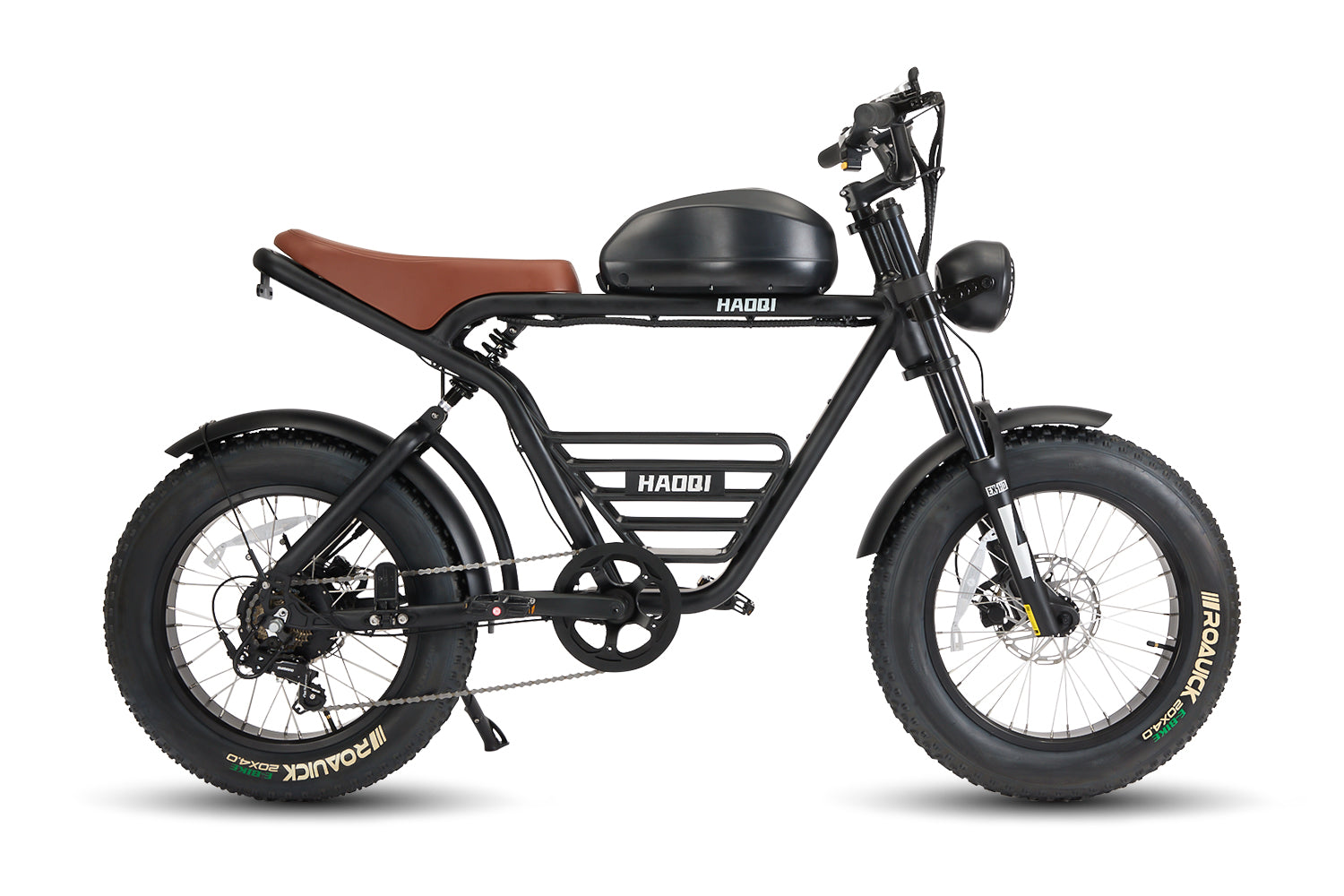
![HAOQI Antelope Pro 750W Cargo Electric Bike (UL Certified) [electric bike] [HAOQI ebike]](http://haoqiebike.com/cdn/shop/products/haoqi-antelope-pro-cargo-electric-bike-with-dual-battery-750w-haoqiebike-com-1.jpg?v=1751610204&width=1500)
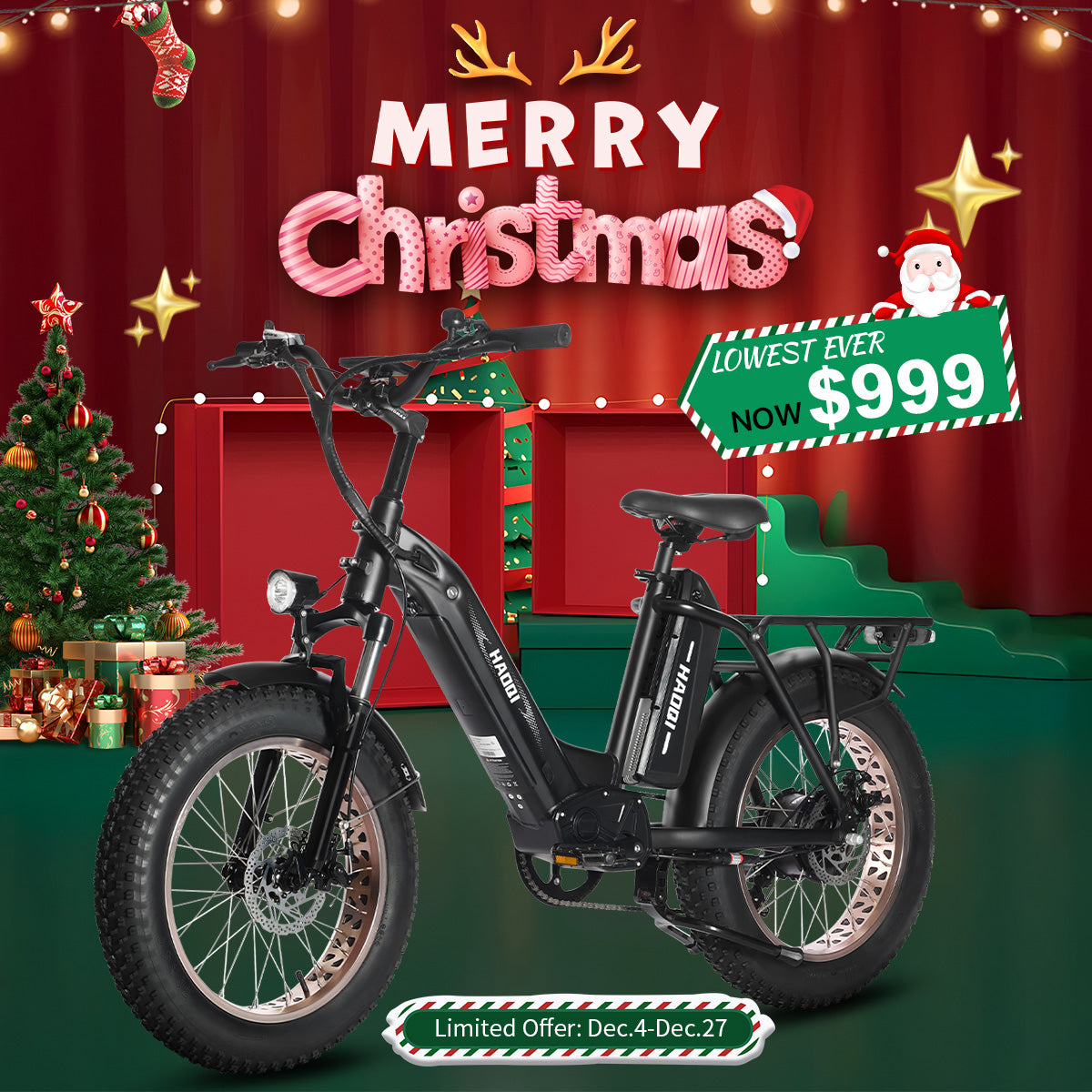

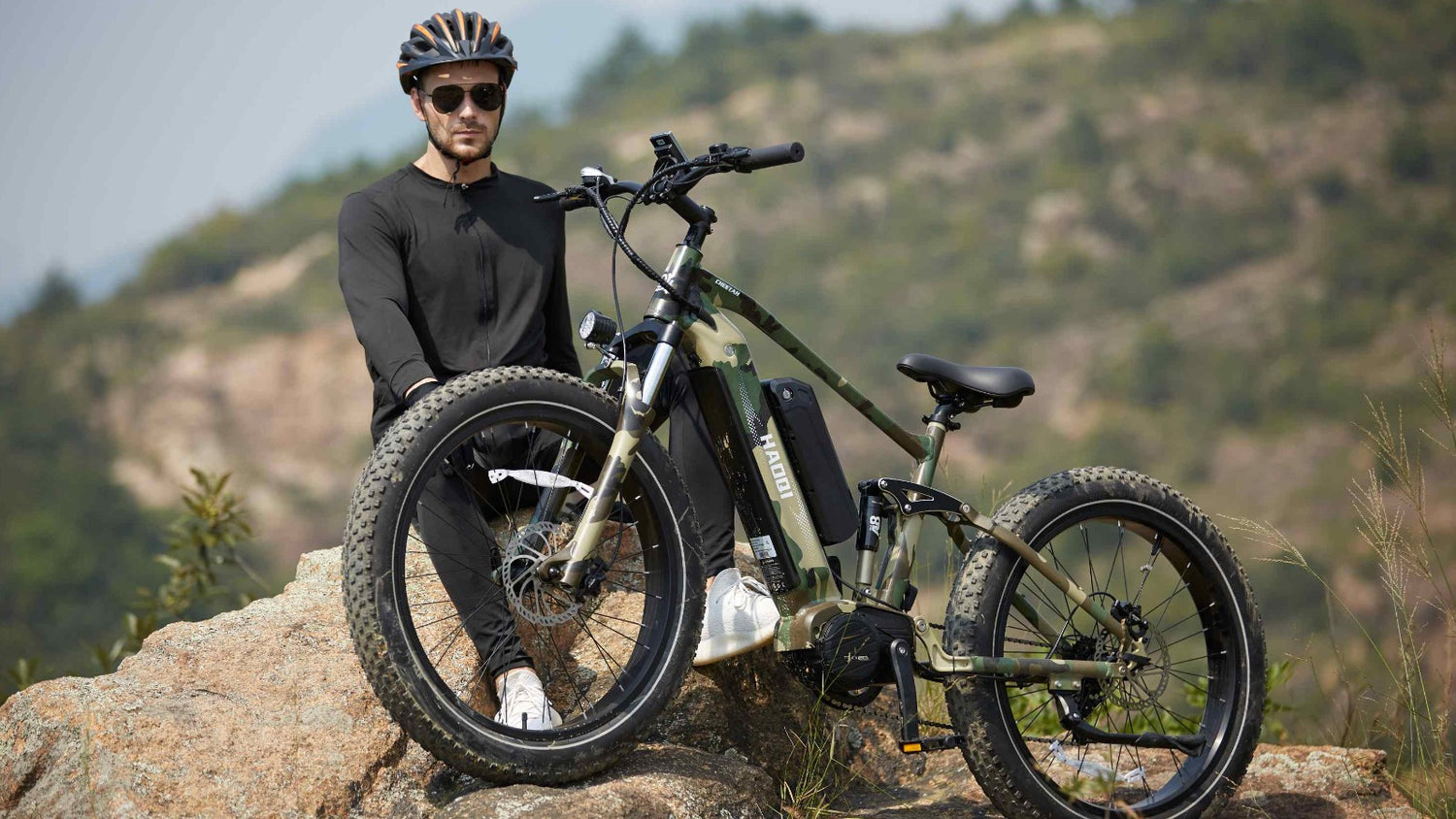
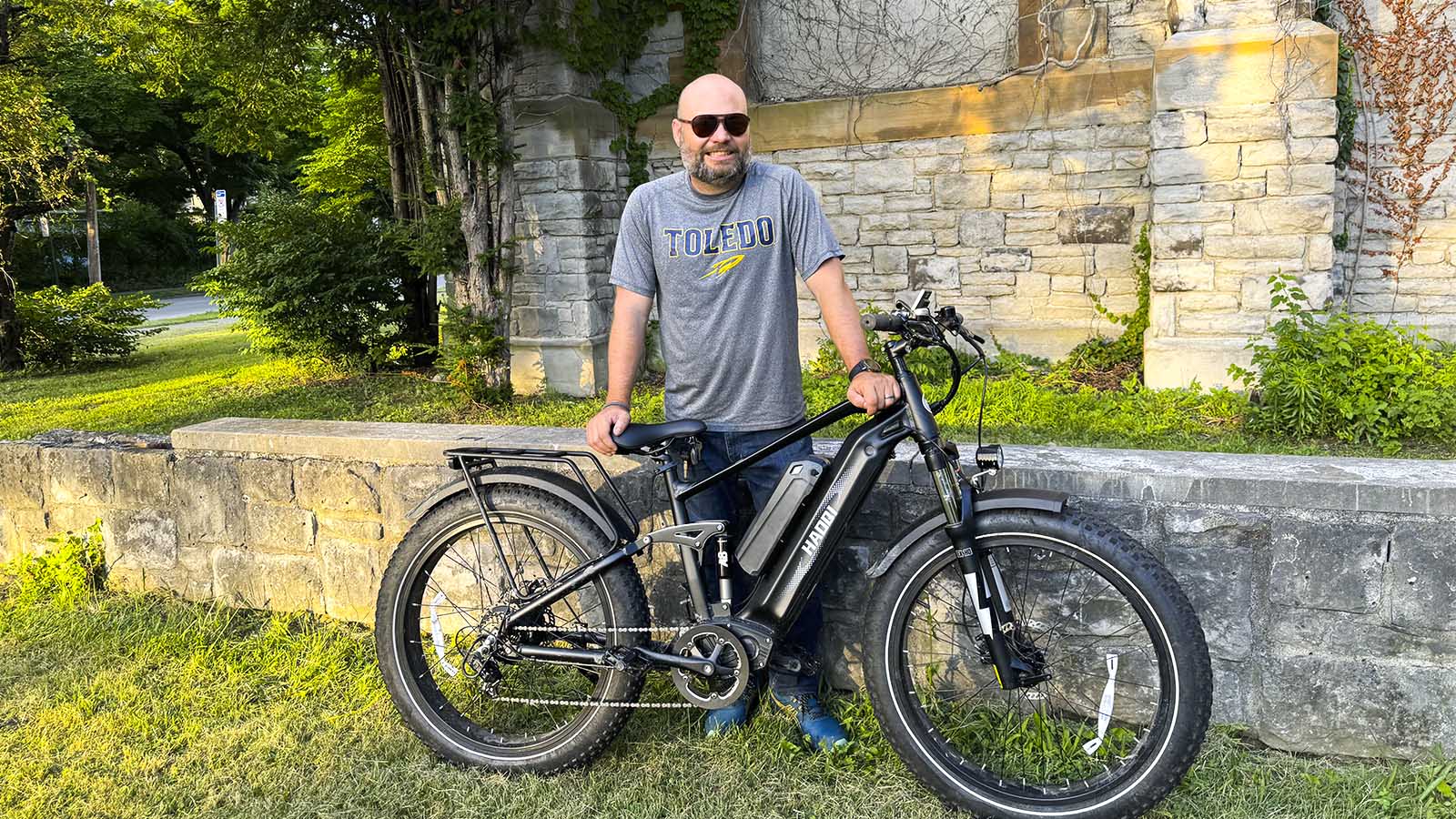
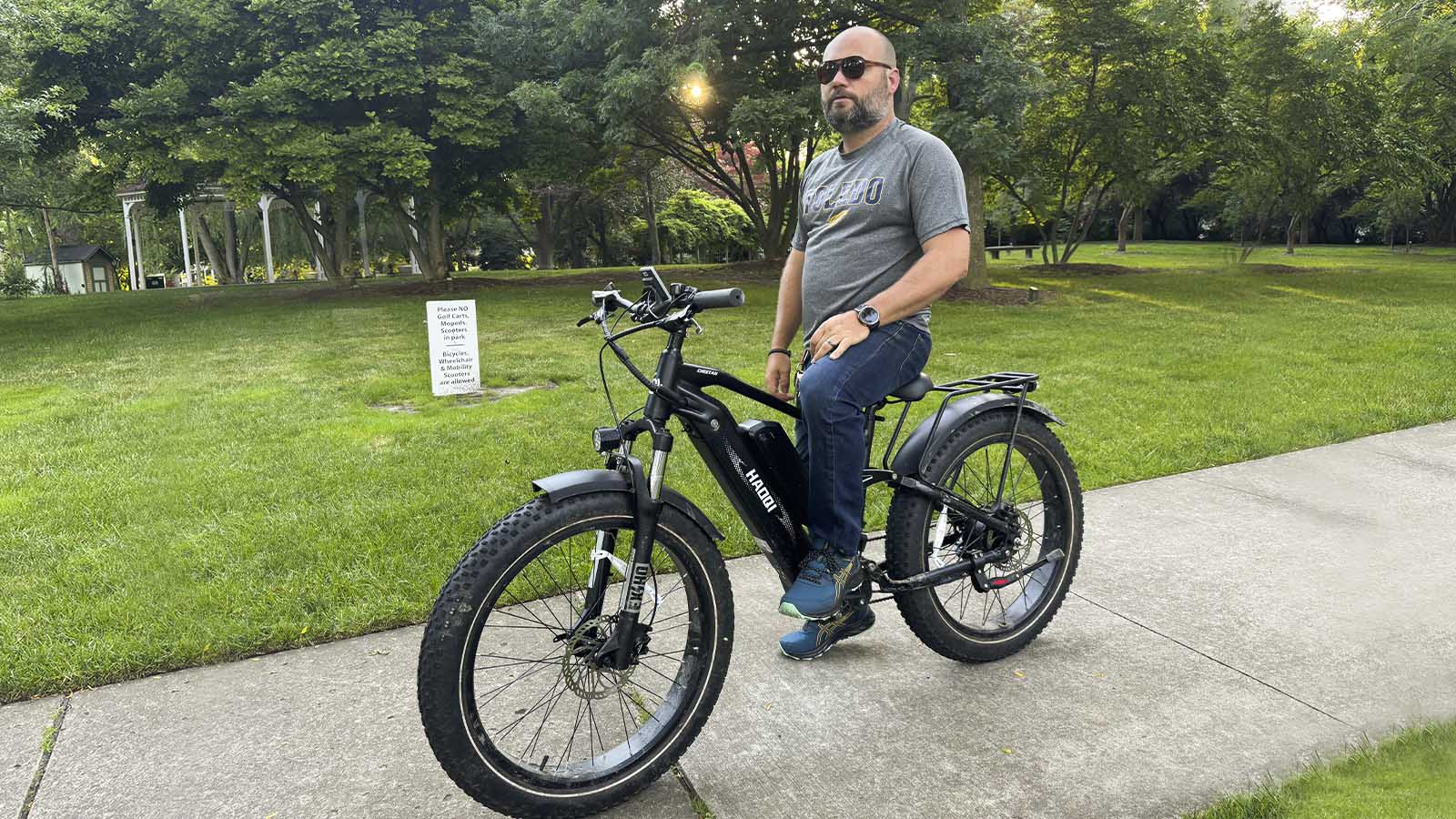




Leave a comment
All comments are moderated before being published.
This site is protected by hCaptcha and the hCaptcha Privacy Policy and Terms of Service apply.